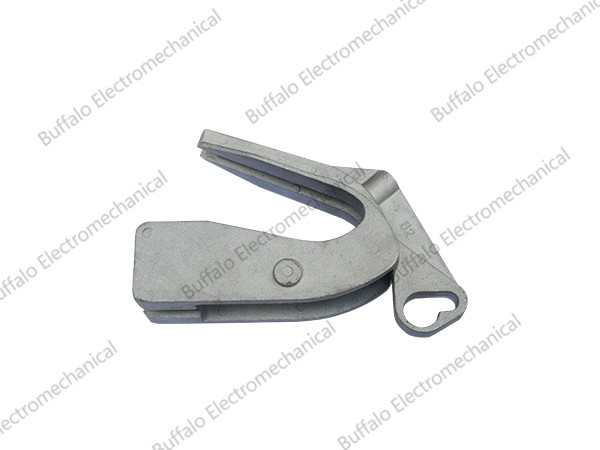Site Search
Matters needing attention in the tempering process of complex stainless steel castings
Tempering of complex stainless steel castings has two main purposes: one is to eliminate the stress during the quenching process; the two feet promote the decomposition and transformation of the metastable structure of martensite and retained austenite after quenching.
The tempering temperature is lower than the eutectoid transformation temperature, usually about 650°C, and the holding time is not less than 2 hours. As the tempering temperature increases, the carbon precipitated by martensite precipitates from the supersaturated state to form dispersed fine carbides. Martensite forms massive ferrite. Therefore, the hardness of "cast stainless steel" steel will gradually decrease as the tempering temperature increases.
One of the issues that cannot be ignored is the brittleness during the tempering process: the brittleness in the low temperature region of 300℃~400℃ and the high temperature region of 500℃~650℃. When carbon atoms are precipitated, a thin layer of carbides is formed at the grain boundaries, producing an effect called low-temperature brittleness. This kind of carbide is called e-carbide, and its structure and composition are different from carbides, resulting in a decrease in impact toughness, which is called low temperature temper brittleness. When the concave fire continues to heat up and a stable tempered structure is formed, temper brittleness will no longer appear after the second tempering treatment, so it is also called "irreversible temper brittleness". Tempering brittleness and cooling rate are different at high temperature of 450℃~650℃, there are many tempering slow cold brittleness, there is no tempering fast cooling brittleness. High temperature temper brittleness is reversible, as long as the steel with temper brittleness is removed, and then heated to 600℃" (: above, and then slowly cooled, temper brittleness will still appear. Therefore, temper brittleness may be lower than the grain boundary The precipitation of melting point brittle compounds is related. The addition of molybdenum to certain alloy steels can eliminate their low temperature temper brittleness. Experts generally believe that molybdenum and other alloying elements may form composite carbides, which offset the adverse effects of carbides.

According to the different requirements of casting performance, tempering temperature can be divided into low tempering, medium tempering and high tempering.
(1) The low temperature tempering at 100℃~250℃ forms cemented carbide martensite, and its structure is fired martensite and partially supersaturated carbon martensite. The carbon content of this steel is very small, as is the supersaturated carbon in martensite. Therefore, tempered martensite itself has good toughness, and the precipitation and stability of carbides further improve the strength and hardness of the steel.
(2) Tempering at a medium tempering temperature of 300℃~500℃, the tempered structure is tempered troosite, with good strength and toughness. The tempering process is widely used in low alloy steels.
(3) High temperature tempering temperature 550℃~650℃ tempering, tempered structure dispersed, sorbite particle size is fine. The process of quenching + high temperature tempering is called tempering quenching. Suitable for low-alloy steel, multi-element strong carbide forming, with high strength and high toughness.

Contact: Manager Zhao
Mobile: 13601426446
Address: Qindong Industrial Park, Dongtai City